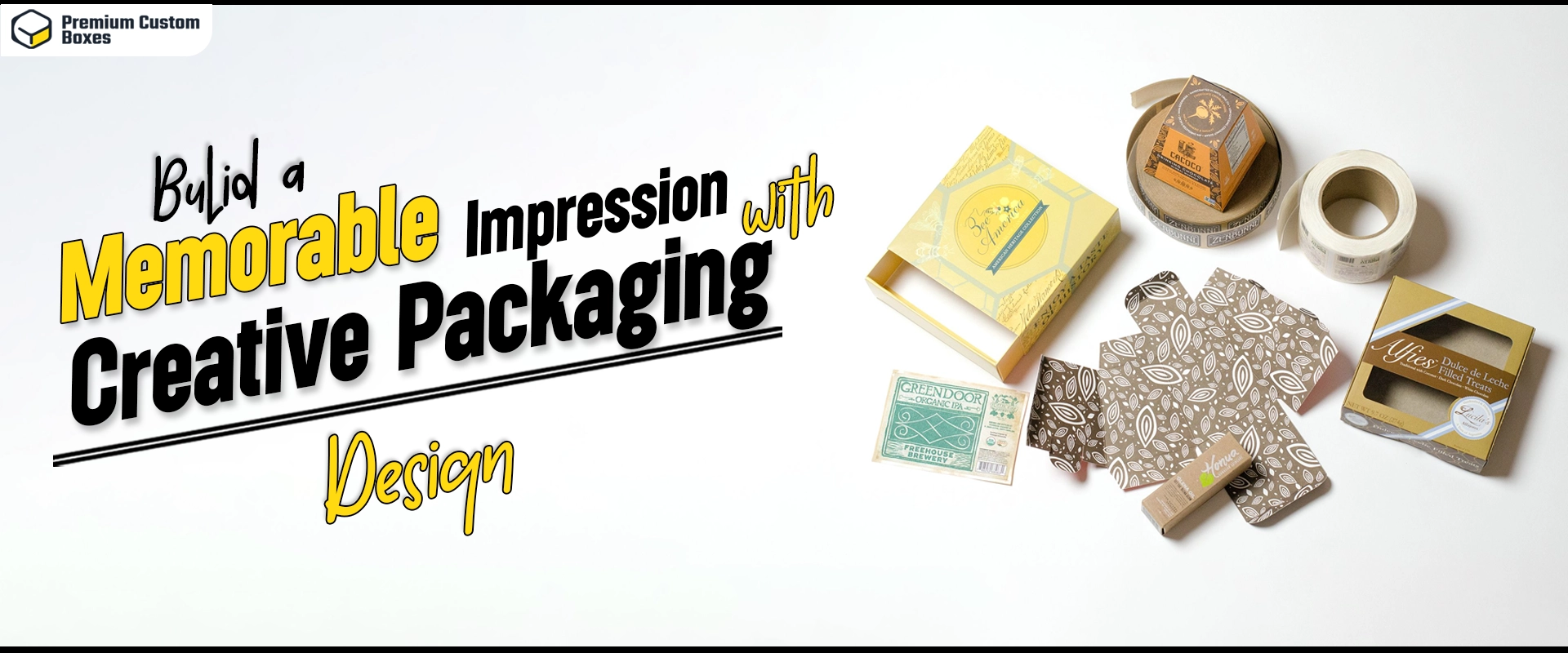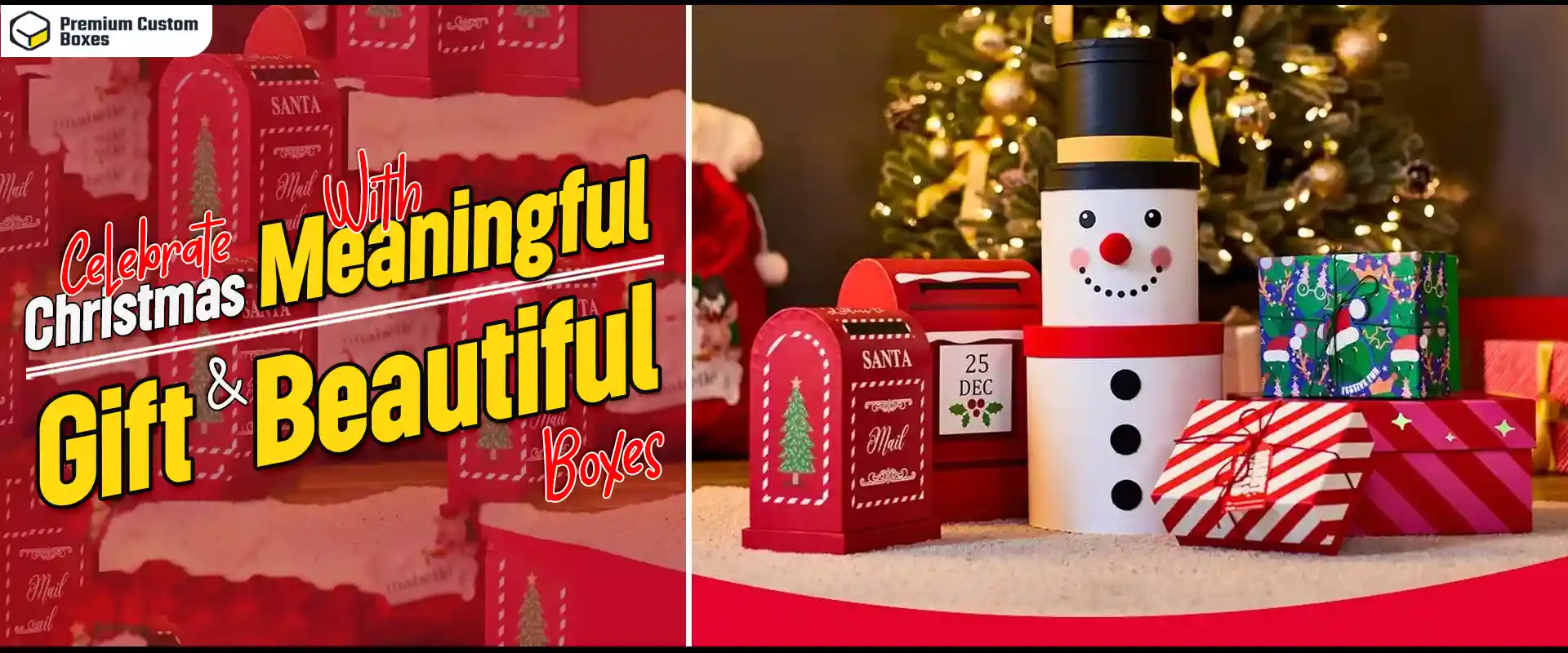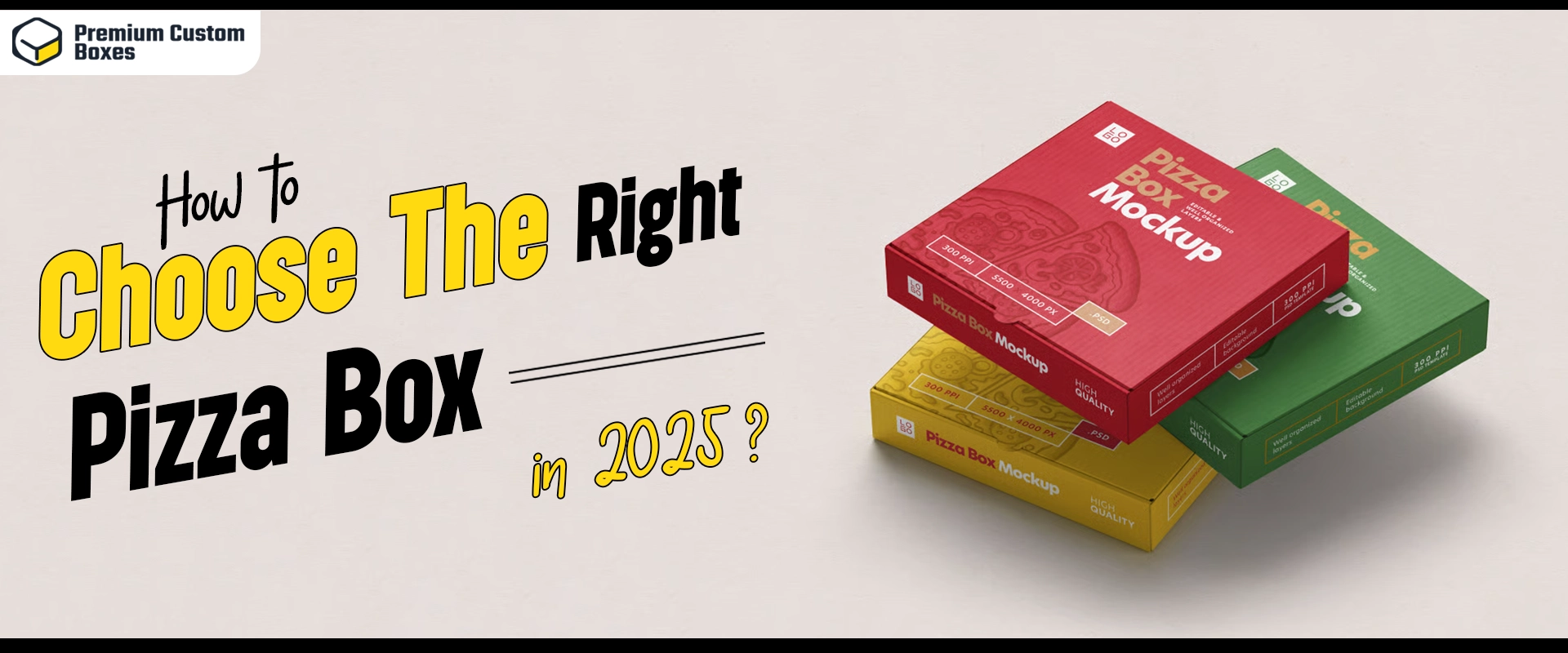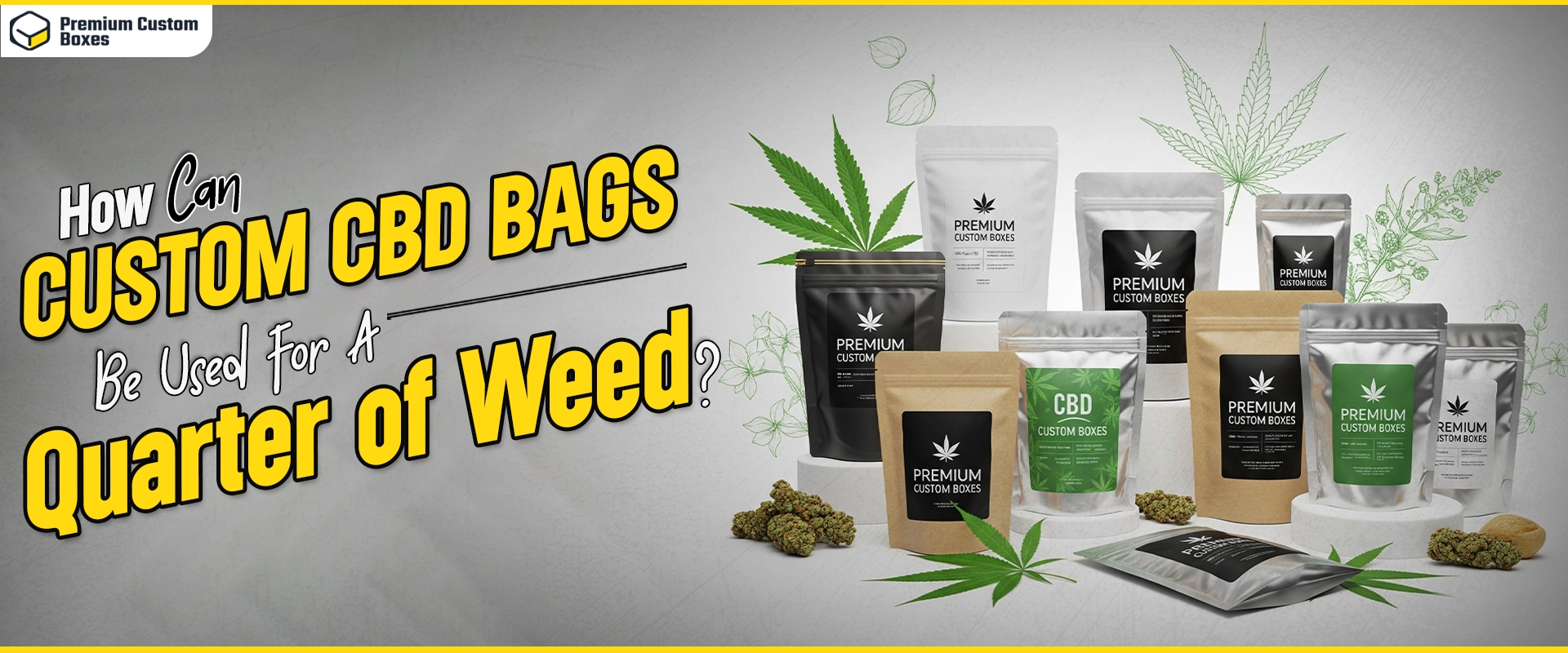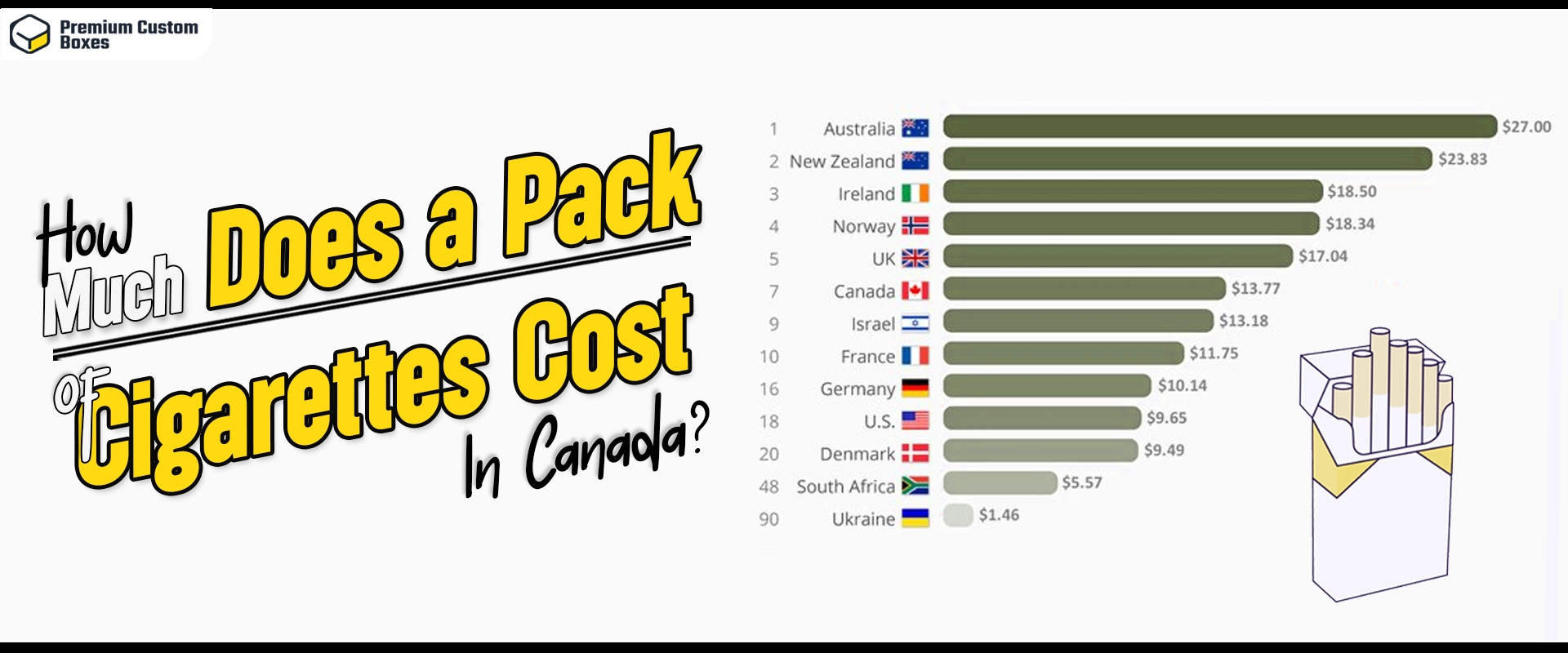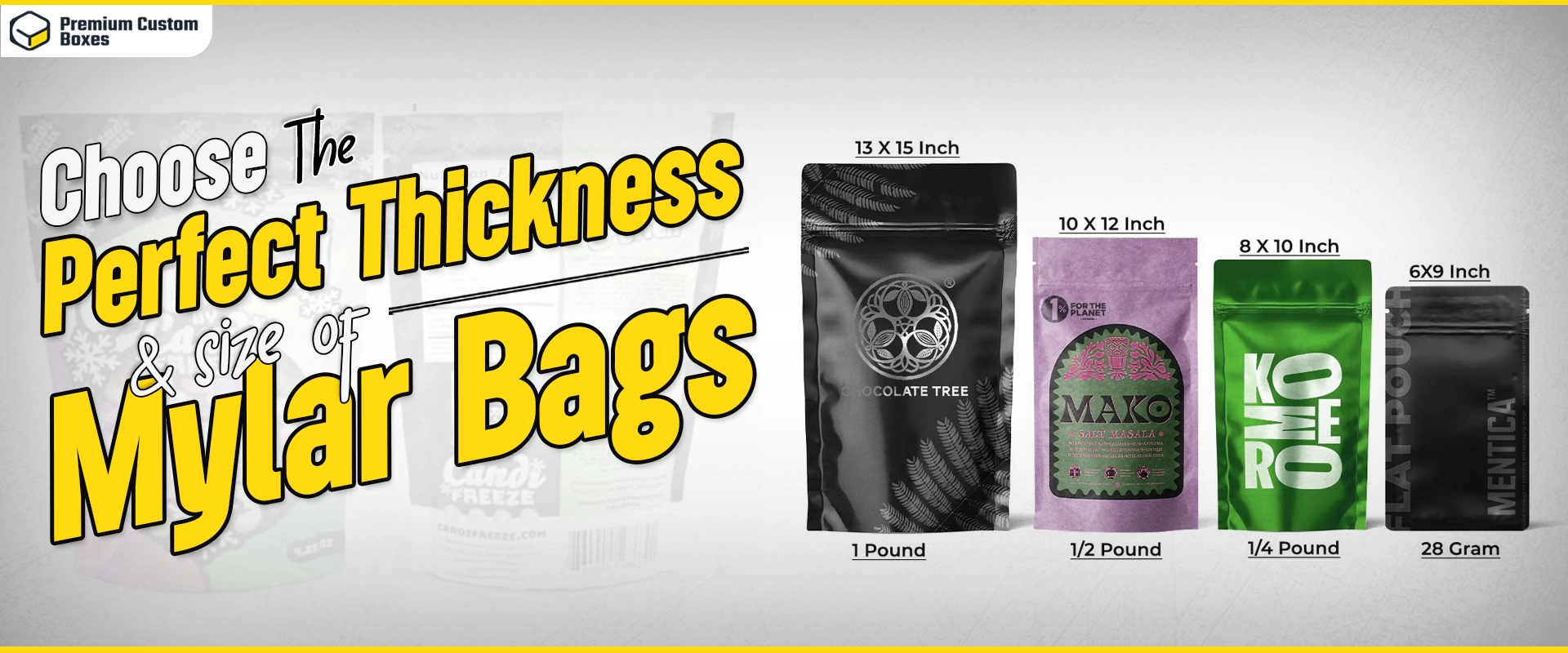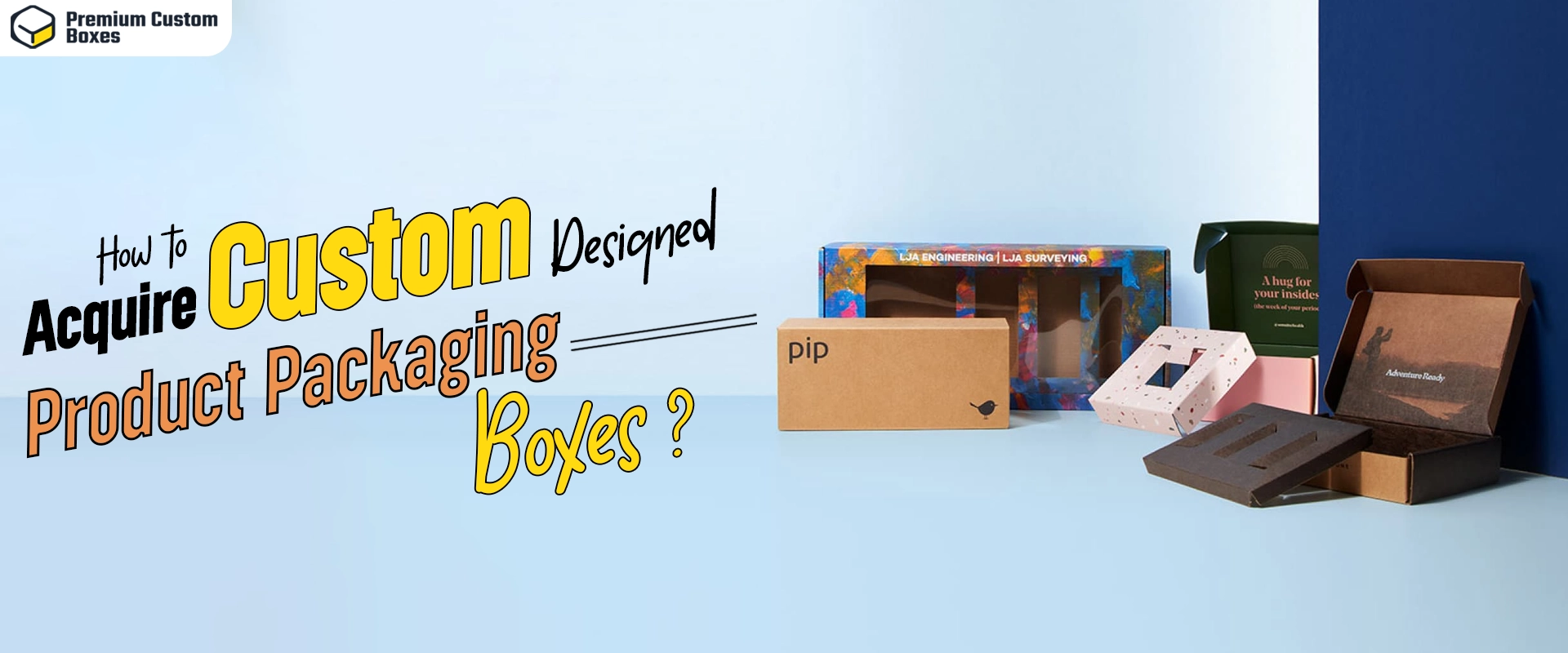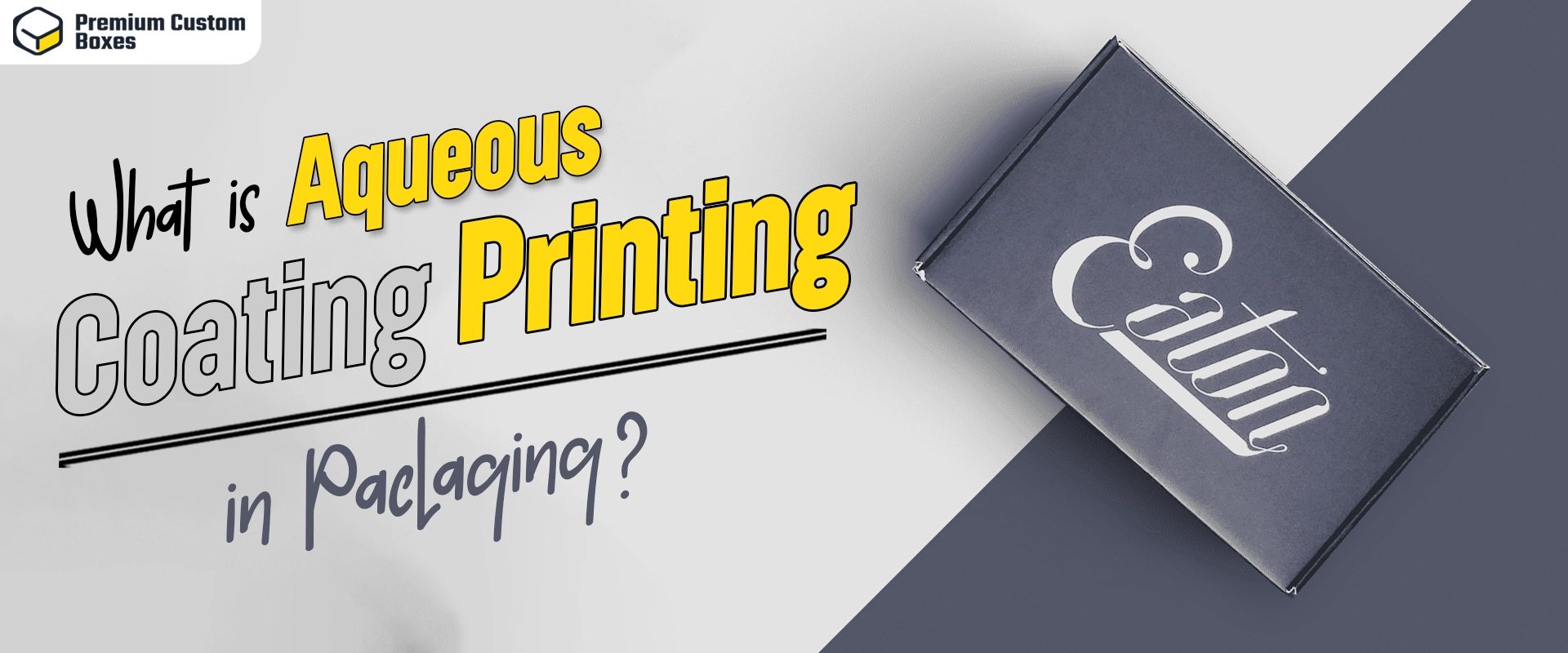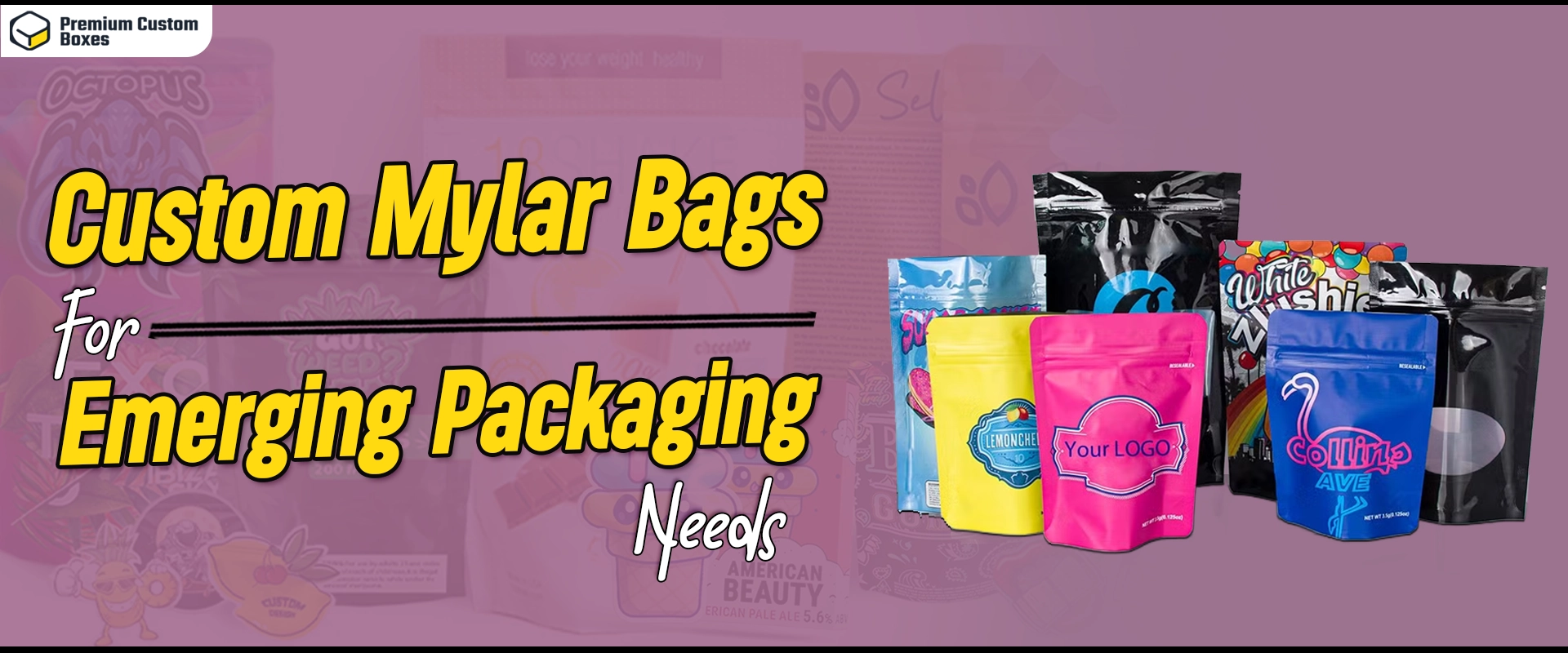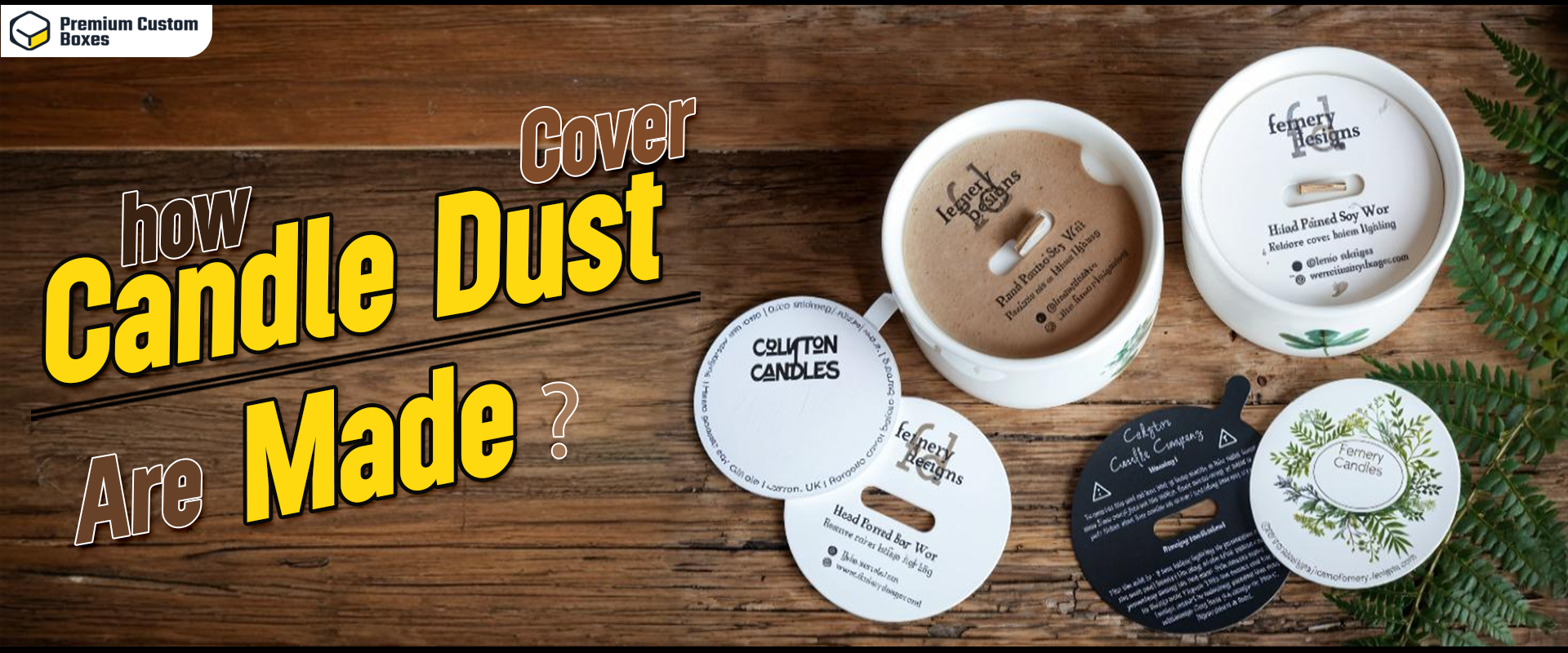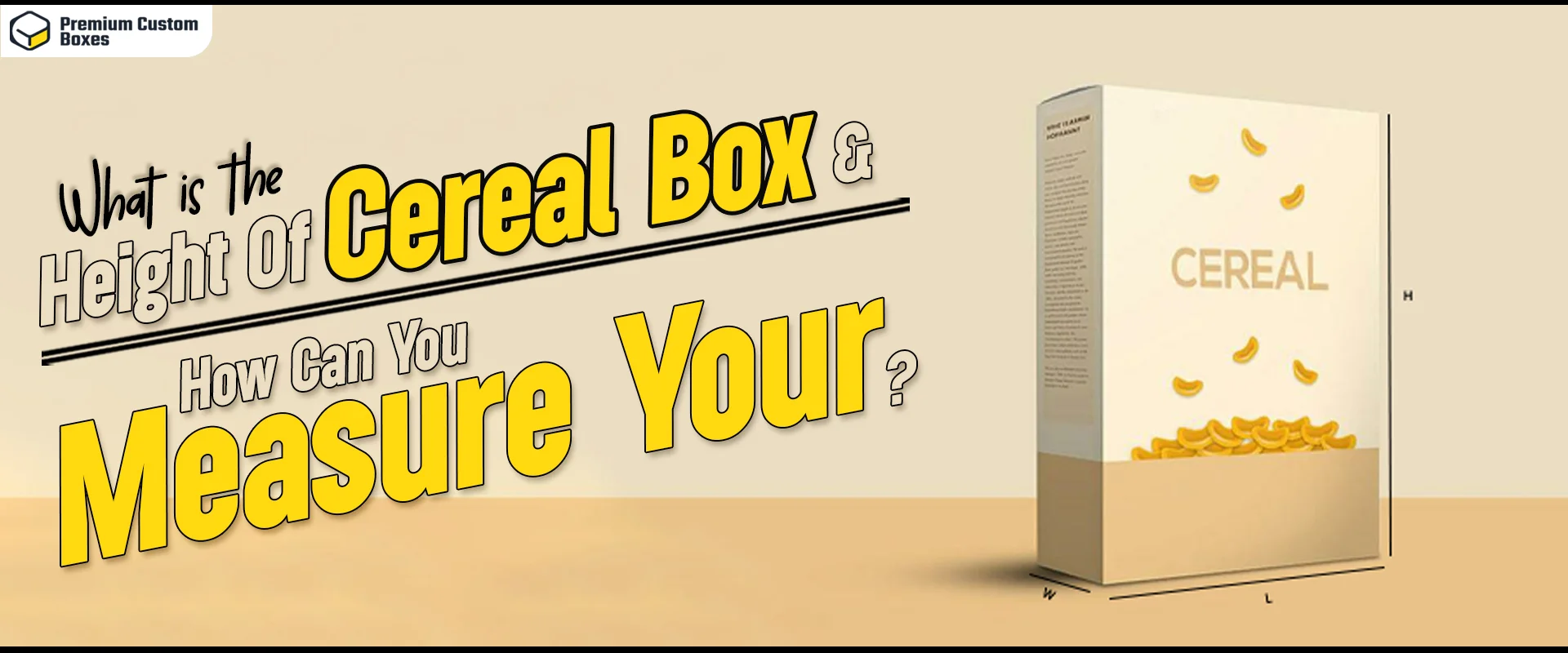As per the ongoing environmental conditions, companies are mainly focusing on moving toward sustainable packaging solutions. One of the major innovations in the packaging industry is cornstarch packaging, as it tends to eliminate plastics and also decrease the carbon content in the environment.
At PremiumCustomBoxes, we offer premium-quality packaging that helps in creating brand awareness. Therefore, In this blog, we will discuss the pros and cons of applications.
What Is Corn Starch Packaging?
Cornstarch packaging refers to sustainable and biodegradable material which is mainly used as a replacement for styrofoam or plastic. Where plastics contain chemical compounds that are obtained from petroleum, cornstarch is a carbon-neutral material that does not create high carbon emissions. It is made of plant-based material. Cornstarch can be used to make different forms of packaging including:
- Custom Trays
- Custom Lids
- Custom Paper Bags
- Custom Plates
- Custom Bowls
- Custom Paper Cups
- Custom Containers
How To Make Cornstarch Packaging
Corn starch is a crucial innovation in the retail packaging industry. Derived from agriculture, it does not have carbon emission which makes it a suitable packaging component. As more brands are opting for cornstarch packaging material for manufacturing a variety of packaging such as cornstarch packaging boxes, etc.
Cornstarch packaging bags use polylactic acid that is obtained from the fermentation of sugar and starch. If compared with traditional polythene, polylactic acid is a sustainable alternative to plastic as it leaves fewer toxins in the environment. When disposed of correctly, it acts as a fertilizer and only takes a few months to break down.
There is an array of PLA plastic types or grades to choose from, including;
- 2002D – used for thermoforming
- 3051D – great for injection moulding
- 4032D – ideal for producing films
- 6201D – used to produce staple fibre
- 7000D – ideal for making bottles
Benefits Of Using Corn Starch Packaging
Using biodegradable cornstarch packaging offers a wide range of benefits to packaging companies. Especially if you consider the lifecycle of cornstarch, it shows that it is easily recoverable as it is an affordable material. Here are a few of the main benefits discussed in detail:
- Environmental Benefits
- Economic Benefits
- Safety Benefits
Environmental Benefits
Compostable
The most common question raised by every retail packaging industrialist is cornstarch packaging is compostable. The answer to it is yes. It is a recyclable material that has natural compounds. It is favourable for the environment as it is a good replacement for plastics.
Recyclable Resource
The primary ingredient in the cornstarch packaging is corn which is termed as a a crop. It is a convenient type of packaging compared to petroleum-based plastics.
Minimizes Carbon Footprint
During the manufacturing process corn scratch produces GHG emissions as compared to plastics.
Economic Benefits
Employment Opportunities
Using cornstarch as a packaging material generates employment opportunities in the agricultural sector and in the companies that are dealing with cornstarch packing.
Marketing Opportunities
With the increasing eco-consciousness among people, brands opt for cornstarch packaging to capture customer attention and increase brand awareness in the market.
Safety Benefits
Non-Toxic
It is not made from harmful chemicals like the ones used for the manufacturing of plastics. Those harmful chemicals can easily get into the food, and drinks and have a severe impact on people’s health.
Allergen-Free
Those with corn allergies can rest assured as during the derivation of cornstarch the proteins of corn are eliminated which makes it safe to come in contact with people with corn allergies.
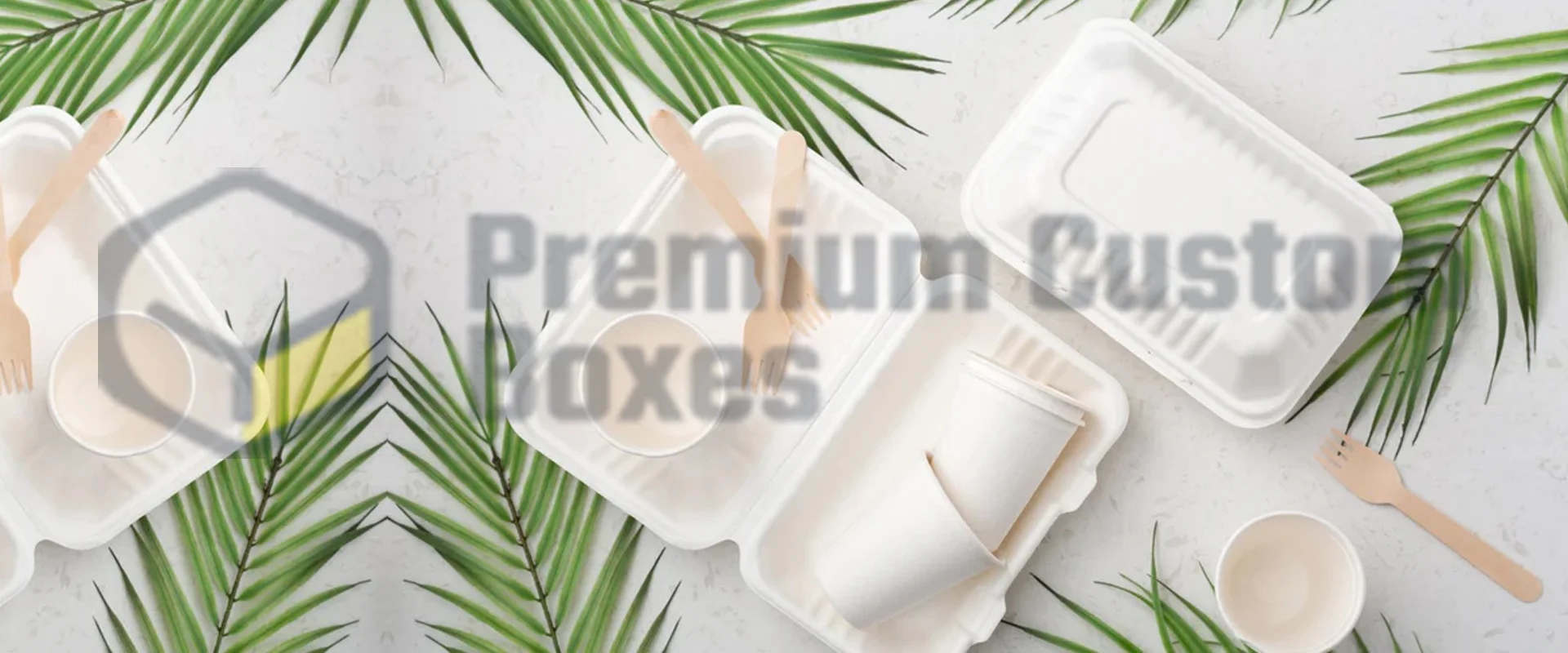
Variety In Applications Of Corn Starch
Cornstarch packaging can be used in various fields, it serves many purposes which are discussed below.
Retail and E-commerce
Sustainable packaging is the ideal option for shipping and product packaging that allows companies to implement eco-friendly changes.
Medical Industry
Different Medical items such as gloves and syringes, used during surgeries can be made from biodegradable material.
Food Packaging
PLA food packaging boxes and bags are favoured for packing vegetables and fruits to give them enclosed packaging. As they are easily perishable they require extreme protection from the environmental conditions.
Disadvantages Of Cornstarch Packaging
One of the main concerns regarding corn starch packaging is that it can break very easily which leads to the products getting damaged and spoiled during the shipping and transportation.
Moreover, cornstarch packaging may not be the most suitable option for items that require a long shelf life during the shipping procedure. Another disadvantage of cornstarch packaging is that if disposed of in water, it can lead to aquatic life danger.
How To Recycle Cornstarch Packaging
The primary advantage of cornstarch is that it is easily recyclable and can be moulded to make new substitutes. Cornstarch packaging is placed in separate bins to avoid cross-contamination with plastics. Afterwards, it is melted at a certain temperature to obtain a polylactic acid resin, that is further, moulded to attain new products also expanding its longevity. Following is a step-by-step explanation of cornstarch recycling.
- Check the labelling thoroughly, anything mentioned as PLA is biodegradable.
- For recycling cornstarch packaging it is compulsory to separate it from the other material to avoid contamination.
- For confirmation, you can consult your local authorities to know whether they accept cornstarch packaging material for recycling.
- You can take the materials to the recycling centre for proper recycling for your satisfaction.
Wrap Up!
At PremiumCustomBoxes, cornstarch packaging is an effective and suitable packaging solution for eco-conscious brands. These are biodegradable materials which is why they are considered the best alternative to traditional plastics. However, cornstarch packaging is currently facing challenges because of its durability and sturdiness.




